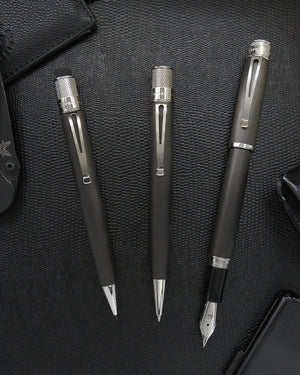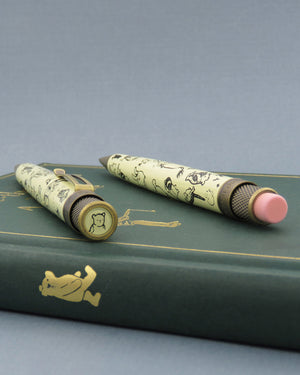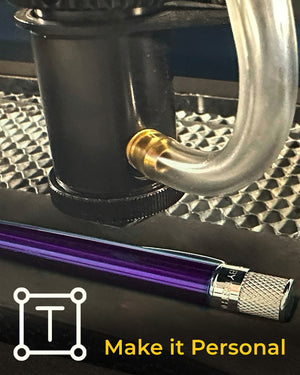
How To DIY Patina Your Raw Copper Retro 51 Tornado™
*Note from Retro51: While we are thrilled to share inspiring ideas with our pen and writing community, we must emphasize that we cannot officially endorse or recommend the content ahead, which may involve alterations to the original appearance of your Retro51 products. Any decision to explore the following tips or suggestions are entirely at your own risk and discretion. Retro51 is not responsible for any damage on any product or personal item. Without further ado, an article written by Hayley J - Retro51 Fan...

Raw metal pens are neat because they develop a unique patina as you use them, and then that patina becomes a living part of the pen that changes each time you use it. Raw copper pens start to patina almost immediately as your skin oils interact with the metal. A natural copper patina is beautiful, but sometimes you may want a more extreme patina without the wait. Sometimes you just want your pen to look like you left it on a rocky ocean cliff for two months, and I’m here to tell you that it can be done with things that you probably already have in your pantry. While there are many easy ways to DIY patina raw copper, white vinegar and salt are easy to find and won’t cause harmful fumes. For this project you’ll need: a Retro 51 Tornado™ Vintage Metalsmith Raw Copper, plenty of paper towels, painter’s tape, latex or nitrile gloves, isopropyl alcohol, distilled white vinegar, regular salt (not iodized or kosher), a plastic or glass surface to let the pen soak in, and patience.









Step 5:

Final:

About the Author: Hayley J. is a Retro51 Fan and a stationery blogger at Left Hook Pens, reviewing different styles of pens, inks, and paper from a left handed perspective. You can follow Hayley on Instagram.
*Reminder from Retro51: It is important to note and understand that we do not officially endorse or recommend the content ahead, which may involve alterations to the original appearance of your Retro51 products. Any decision to explore the following tips or suggestions are entirely at your own risk and discretion. Retro51 is not responsible for any damage on any product or personal item.







Comentarios
Dejar un comentario